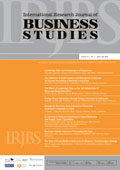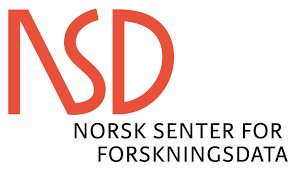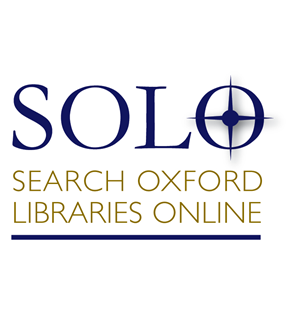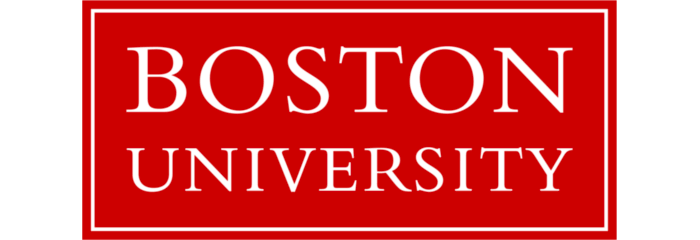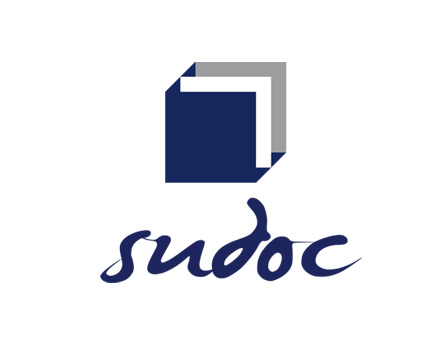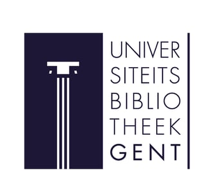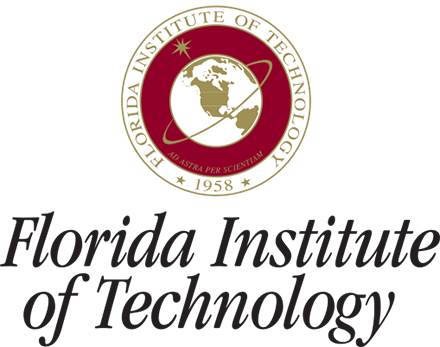Article Metrics |
|
|
Framework for Furniture and Wood Processing Industry Polytechnic in Era Disruption of Covid-19
Abstract
In the era of the Covid-19 pandemic, all activities are forced to adapt to theDisruption Era, one of which is the education sector. The era of Disruption Covid-19 changed the learning system from face to face to online and did not change the quality of the learning process. Therefore, the Furniture and Wood Processing Industry Polytechnic must create a new framework in order to survive. This study aims to create a new framework that has the perspectives of various stakeholders such as government, industry, academic institutions, certification institutions, students and technological developments. The making of this framework is based on PEST analysis and a drives competitive for universities according to (Panday, 2014). The result of the framework for the Wood Furniture and Processing Industry Polytechnic are implementation health protocol for Covid-19, improvement of facilities dan infrastructure, creating income from teaching factory, SDM adaptation for improvement facilities and infrastructure, and quality assurance of graduates. The next step is to carry out monitoring and evaluation (MONEV) so that the implementation of framework runs according to the references and targets.
Full Text:
References
Afuan, L., & Permadi, I. (2013). Rancang Bangun Sistem Infomasi Laboratorium (SILAB) Berbasis WEB Di Teknik Informatika UNSOED. Prosiding SNST Fakultas Teknik, 1(1), 26–32.
Agus M Saragih. (2018). Program Studi Administrasi Bisnis Politeknik Negeri Medan Berbasis The Efforts To Improve The Quality Of Administration Business Program Studyof Politeknik Negeri Medan ’ S Graduates Based On Professional Certification. 1–9.
Akbulaev, N., Mammadov, I., & Aliyev, V. (2020). Economic Impact of COVID-19. In SSRN Electronic Journal.
Deshmukh, S. G., & Haleem, A. (2020). Framework for Manufacturing in Post-COVID-19 World Order: An Indian Perspective. International Journal of Global Business and Competitiveness, 15(1), 49–60.
Diwangkoro, E., & Soenarto, S. (2020). Development of teaching factory learning models in vocational schools. Journal of Physics: Conference Series, 1456(1).
Fitriani Lubis. (2019). Education in the Disruption Era. Britain International of Linguistics Arts and Education (BIoLAE) Journal, 1(2), 183–188.
Ho, M., Sung, K., Shin, W., & Yoon, Y. (2019). Application of Deep Learning Algorithm for Detecting Construction Workers Wearing Safety Helmet Using Computer Vision. Journal of the Korean Society of Safety, 34(6), 29–37.
Indrawati, B. (2020). Tantangan dan Peluang Pendidikan Tinggi Dalam Masa dan Pasca Pandemi Covid-19. Jurnal Kajian Ilmiah, 1(1), 39–48.
Jelassi, T., & Martínez-López, F. J. (2020). Overview of the e-Business Strategy Framework. In Strategies for e-Business: Concepts and Cases on Value Creation and Digital Business Transformation (pp. 35–48). Springer International Publishing.
Kosturos, N. (2012). What Drives Russia’s Unrelenting Position on Syria? Center for American Progress, 1.
Le, D., & Phi, G. (2021). Strategic responses of the hotel sector to COVID-19: Toward a refined pandemic crisis management framework. International Journal of Hospitality Management, 94(May 2020), 102808.
Mahadiansar, M., & Aspariyana, A. (2020). PEST Analysis Model dalam Pengembangan Potensi Wisata Pulau Benan, Kabupaten Lingga, Kepulauan Riau. Indonesian Journal of Tourism and Leisure, 1(1), 14–25.
Nawangsari, L. C., & Elmi, F. (2017). Framework Sustainability Strategy Sumber Daya. Seminar Nasional Inovasi Dan Aplikasi Teknologi Di Industri, 2, 1–5.
Panday, R. (2018). Strategi Peningkatan Mutu Perguruan Tinggi Untuk Penguatan Daya Saing Menghadapi Masyarakat Ekonomi Asia Tenggara:Studi Kasus. 101–105.
Perindustrian, K. (2020). Rencana Strategis (Kementerian Perindustrian (ed.)). Kementerian Perindustrian.
Rahardja, U., Lutfiani, N., Lestari, A. D., & Manurung, E. B. P. (2019). Inovasi Perguruan Tinggi Raharja Dalam Era Disruptif Menggunakan Metodologi iLearning. Jurnal Ilmiah Teknologi Informasi Asia, 13(1), 23.
Siregar, S. A., Daryanto, E., & Restu. (2020). Impelementation of Teaching Factory on Training Management Model Development of Diploma III Students in Mechanical Engineering Departement, State University Medan. 384(Aisteel), 586–587.
Syafitri, W. (2015). Perencanaan Strategi Sistem Informasi/Teknologi Informasi Universitas Lancang Kuning Menggunakan Metode Ward And Peppard. Teknologi Informasi & Komunikasi Digital Zone, 7(1), 31–43.
Syah, R. H. (2020). Dampak Covid-19 pada Pendidikan di Indonesia: Sekolah, Keterampilan, dan Proses Pembelajaran. SALAM: Jurnal Sosial Dan Budaya Syar-I, 7(5).
Tejada, J., & Punzalan, J. (2012). On the misuse of Slovin’s formula. The Philippine Statistician, 61(1), 129–136.
Vierke, I. M. L. (2019). Lingkungan Pembangunan SDM Sektor Industri melalui Pendidikan Vokasi. PROSIDING Seminar Nasional FKIP Universitas Muslim Maros, 1, 35–43.
Ward, J., & Peppard, J. (2002). Strategic planning for information systems. John Wiley & Sons, Inc.
Wibowo, U. (2008). Output Lembaga Pendidikan Dalam Perspektif Ekonomi Pendidikan. Jurnal Manajemen Pendidikan, 4(2), 1–18.
Widnya, I. K. (2019). Peran perguruan tinggi menghadapi disrupsi peradaban. Maha Widya Bhuwana, 2(1), 1–6.
Copyright (c) 2022 INTERNATIONAL RESEARCH JOURNAL OF BUSINESS STUDIES
International Research Journal of Business Studies has been covered by the following services: | ||||||||||||||||||||||||
|

